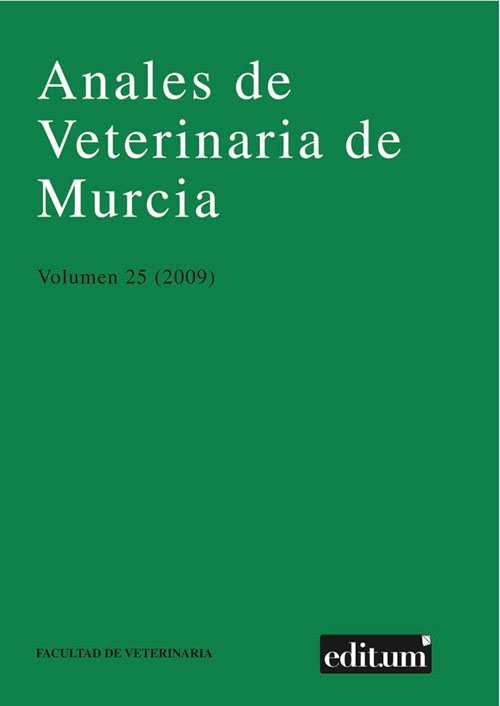Contribution of drying stage to the ripening of dry-cured fermented Longaniza
Abstract
The objective was to study ripening of dry-cured fermented Longaniza, a small calibre Salami manufactured with pork, stuffed into natural casing and dried following a standard industrial process (12 days at 15 º C/85- 65% RH). Several parameters (composition, shrinkage, water activity, pH, total acidity, CIELab colour, proteolysis, lipolysis, TBARS and fatty acids) and sensory attributes (redness, odour and fl avour, acidity,fi rmness) were determined in raw and cured samples. The drying process produced weight loss of 30% per unit of sausage and allowed to achieve an adequate degree of dehydration, acidifi cation and reddening, aided by the addition of starter cultures and artifi cial red colouring. Longaniza presented suffi cient strength to be sliced. Effective populations of Micrococaeae and lactic-acid bacteria were achieved, providing signifi cant microbiological safety and acidity. However, the transformation of lipids and proteins was not intense enough to develop a pronounced dry-cured meat aroma and taste, since no fat-oxidation aromatic traits were found. This may be partly due to the addition of antioxidants. Sensory quality of Longaniza would be limited by the slow development of aroma and fl avor during the drying stage.Downloads
Creative Commons Attribution 4.0
The works published in this journal are subject to the following terms:
1. The Publications Service of the University of Murcia (the publisher) retains the property rights (copyright) of published works, and encourages and enables the reuse of the same under the license specified in paragraph 2.
© Servicio de Publicaciones, Universidad de Murcia, 2019
2. The works are published in the online edition of the journal under a Creative Commons Attribution-NonCommercial 4.0 (legal text). You can copy, use, distribute, transmit and publicly display, provided that: i) you cite the author and the original source of publication (journal, editorial and URL of the work), ii) are not used for commercial purposes, iii ) mentions the existence and specifications of this license.

This work is licensed under a Creative Commons Attribution-NonCommercial-NoDerivatives 4.0 International License.
3. Conditions of self-archiving. Is allowed and encouraged the authors to disseminate electronically pre-print versions (version before being evaluated and sent to the journal) and / or post-print (version reviewed and accepted for publication) of their works before publication, as it encourages its earliest circulation and diffusion and thus a possible increase in its citation and scope between the academic community. RoMEO Color: Green.




